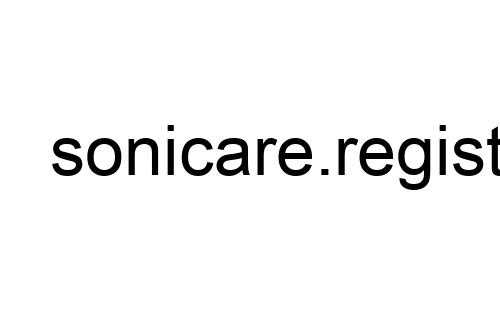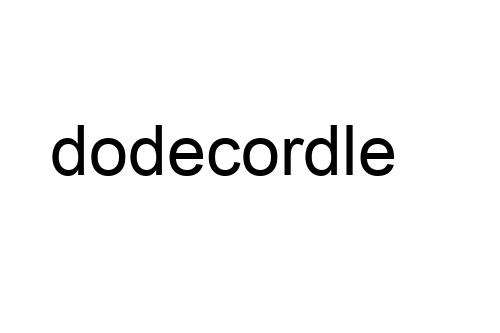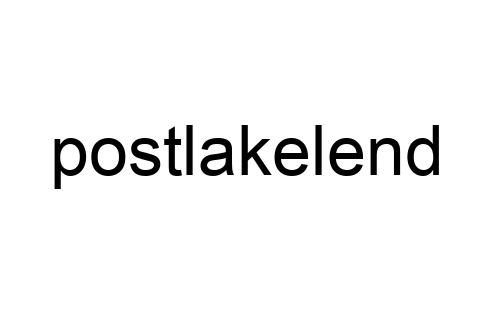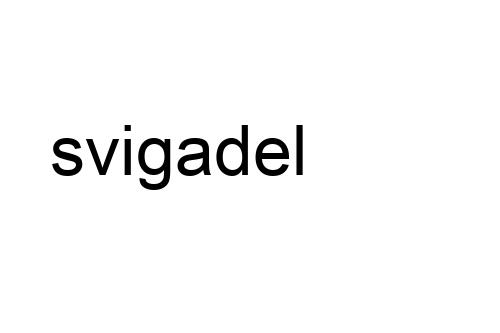Are you looking to enhance your blog writing skills and create content that captivates your audience? In the digital realm, crafting high-quality blog posts is not just an art but a strategic skill that can elevate your online presence. As a seasoned blogger, I’ve honed a set of effective tips that can help you master the art of writing engaging and impactful blog posts.
From understanding your target audience to optimizing your content for search engines, writing compelling blog posts requires a blend of creativity and technique. In this article, I’ll share practical insights and actionable advice to help you elevate your writing game and stand out in the crowded blogosphere. Whether you’re a novice blogger or a seasoned writer looking to refine your craft, these tips will empower you to create blog posts that resonate with your readers and drive traffic to your site.
Understanding Your Audience
To create high-quality blog posts, it’s crucial to understand your audience. Knowing who your readers are can help tailor your content to their preferences, increasing engagement and relevance.
Identifying Your Target Readers
Identifying your target readers involves analyzing demographics, interests, and behavior. By understanding who your audience is, you can create content that resonates with them, leading to higher readership and interaction.
Catering Content for Audience Needs
Catering content for audience needs means addressing their pain points, interests, and questions. By delivering valuable and relevant information, you can establish credibility and build a loyal readership base.
Crafting Compelling Titles
Crafting compelling titles is essential for grabbing the audience’s attention and enticing them to click on your blog post. Here are some key factors to consider when creating impactful titles.
Importance of A Strong Headline
A strong headline is the first point of contact between your blog post and the reader. It should be concise, captivating, and able to convey the main idea of your content. By crafting a compelling headline, you can increase the chances of your post being read and shared across various platforms.
Utilizing Keywords Effectively
Keywords play a crucial role in optimizing your blog post for search engines. By conducting keyword research and strategically incorporating relevant keywords into your titles, you can improve your post’s visibility and reach a larger audience. It’s important to strike a balance between using keywords effectively and ensuring that your titles remain engaging and appealing to human readers.
Structuring Your Blog Post
Introduction to the Optimal Post Structure
When structuring your blog post, it’s crucial to ensure that it’s well-organized and easy to navigate. A clear and logical structure not only enhances readability but also improves user experience and SEO. Let’s delve into the key elements that make up an ideal blog post layout.
Crafting a Captivating Introduction
I start every blog post with a compelling introduction. It’s the hook that draws readers in and sets the tone for the rest of the content. An engaging introduction should pique the reader’s interest, address their pain points, and clearly outline what they can expect from the post.
Organizing Your Content with Headings
Breaking down your blog post into sections using headings is essential for readability. Headings not only make your content scannable but also help search engines understand the structure of your post. I structure my posts with H2 and H3 headings to create a hierarchy that guides readers through the content seamlessly.
Using Bullet Points and Lists
Incorporating bullet points and lists is a great way to present information in a concise and digestible format. Bullet points can highlight key takeaways, while numbered lists can provide a step-by-step guide. I find that using lists not only improves readability but also keeps readers engaged throughout the post.
Including Visual Elements
Enhancing your blog post with visual elements like images, infographics, and videos can further elevate the reader’s experience. Visuals break up the text, making the post more visually appealing and easier to consume. I always strive to include relevant visuals that complement the written content and reinforce key points.
Wrapping Up with a Strong Conclusion
A well-crafted conclusion ties everything together and leaves a lasting impression on your readers. I use the conclusion to summarize the main points, offer a call to action, and encourage further engagement. A strong conclusion ensures that readers walk away with a clear takeaway from the post.
Implementing Internal and External Links
Strategic use of internal links to other relevant posts on your blog and external links to authoritative sources can boost your post’s credibility and SEO. I incorporate internal links to encourage readers to explore more content on my blog and external links to provide additional context or resources for interested readers.
Optimizing for SEO
Optimizing your blog post for search engines is essential for improving visibility and driving organic traffic. I integrate relevant keywords naturally throughout the post, optimize meta tags and descriptions, and ensure proper formatting using headers and meta tags. This SEO optimization helps my blog posts rank higher in search engine results pages.
Encouraging Reader Engagement
Finally, actively engaging with your readers through comments, social media, and email newsletters can foster a sense of community around your blog. I encourage readers to share their thoughts, ask questions, and provide feedback to create a dialogue that strengthens reader loyalty and builds a loyal audience base.
Enhancing Readability
Writing Style Adjustments
When it comes to enhancing readability in blog posts, I focus on using clear, concise language that is easy for readers to understand. I ensure that every word I use has contextual relevance, avoiding unnecessary terms that can distract the audience. By using active voice and providing specific information, I aim to engage and inform my readers effectively while maintaining a professional tone throughout the content.
Visuals and Formatting Techniques
Incorporating visuals and formatting techniques is crucial for improving the overall readability of blog posts. I utilize images, infographics, and videos strategically to break up the text and make the content more visually appealing. By using bullet points, lists, and subheadings, I help readers navigate the information easily and find key points quickly. Additionally, I pay attention to the spacing, font size, and color contrast to ensure that the text is legible and visually pleasing. Proper formatting not only enhances the visual appeal of the blog post but also plays a significant role in improving reader retention and engagement.
Optimizing for SEO
When it comes to optimizing blog posts for search engines, it’s crucial to follow fundamental SEO practices and consider advanced techniques for better visibility. Here, I’ll delve into these aspects to help enhance your blog’s search engine ranking and overall visibility.
Fundamental SEO Practices
Focusing on fundamental SEO practices is essential for improving your blog’s searchability. Here are key tactics to consider:
- Keyword Research: Conduct thorough keyword research to identify relevant terms and phrases that your target audience is searching for.
- Meta Tags Optimization: Optimize meta titles and descriptions using relevant keywords to improve click-through rates from search engine results pages.
- Quality Content: Create high-quality, valuable content that resonates with your audience and provides answers to their queries.
- Mobile Optimization: Ensure your blog is mobile-friendly to cater to the increasing number of users accessing content on mobile devices.
- Site Speed: Improve your website’s speed to enhance user experience and search engine rankings.
Advanced Techniques for Better Visibility
To further boost your blog’s visibility and reach a wider audience, consider implementing these advanced SEO techniques:
- Structured Data Markup: Use structured data markup to help search engines better understand the content on your website and improve the appearance of your listings in search results.
- Backlink Building: Focus on building quality backlinks from authoritative websites to enhance your blog’s credibility and authority in the eyes of search engines.
- Long-Tail Keywords: Incorporate long-tail keywords into your content to target specific niche audiences and improve your chances of ranking higher in search results.
- User Experience Optimization: Prioritize user experience by ensuring easy navigation, clear calls-to-action, and engaging content formats to keep visitors on your site longer.
Implementing these fundamental SEO practices and advanced techniques can significantly impact your blog’s search engine rankings and visibility, helping you reach a broader audience and maximize the impact of your content.
Engaging With Your Readers
When it comes to engaging with your readers, it’s essential to encourage interaction and feedback on your blog posts. By creating a welcoming environment for discussion, you can foster a sense of community among your audience. Engaging with readers through comments not only shows that you value their opinions but also allows you to gain valuable insights and feedback.
Encouraging Interaction and Feedback
To encourage interaction and feedback on your blog posts, I recommend ending your articles with open-ended questions to prompt responses from your readers. You can also ask for their opinions on the topic discussed or invite them to share their own experiences related to the content. Creating polls or surveys within your blog post can also be a fun way to encourage interaction and gather feedback from your audience. Additionally, make sure to respond to comments promptly and thoughtfully to keep the conversation going and show your readers that their input is valued.
Responding to Comments
Responding to comments is a crucial aspect of engaging with your readers. When replying to comments on your blog posts, acknowledge and appreciate the reader’s feedback or contribution. It’s essential to address any questions or concerns raised in the comments section with accurate and helpful responses. Engaging with your audience through comments not only strengthens the relationship with your readers but also signals to search engines that your content is actively discussed and valued by users, which can positively impact your blog’s visibility and ranking.











































































































































































































































































































































































































































































































































































































































































